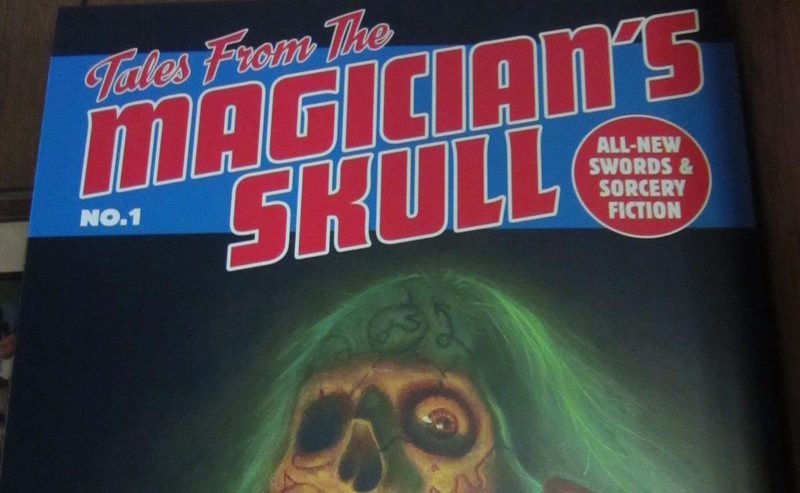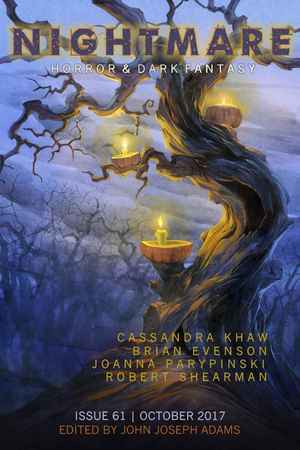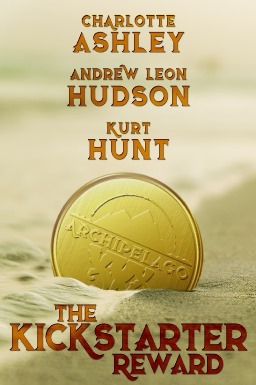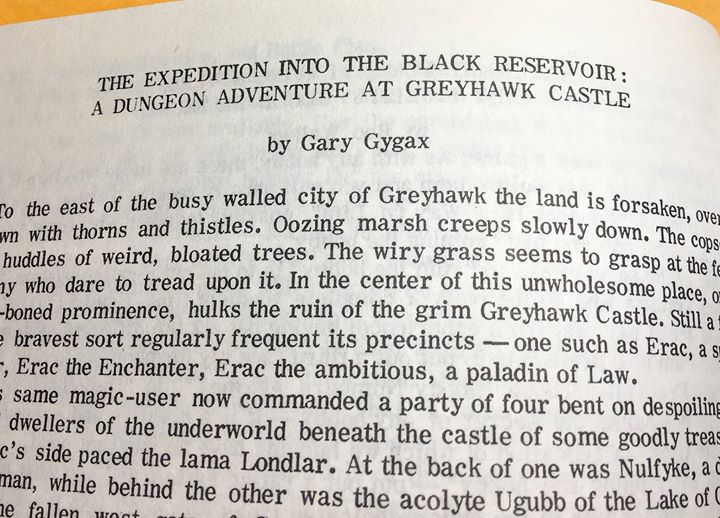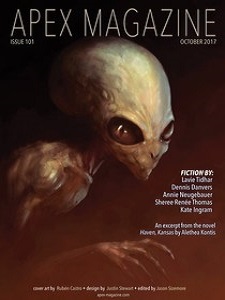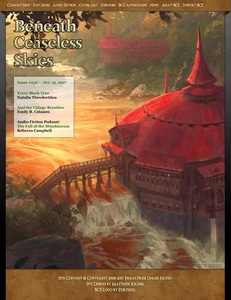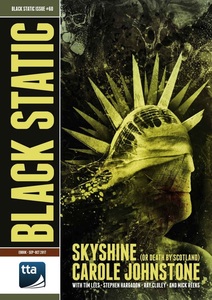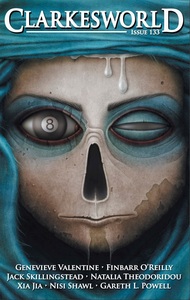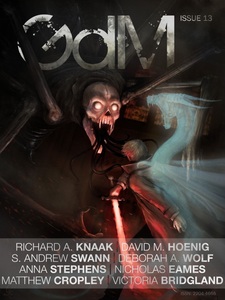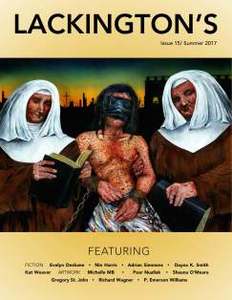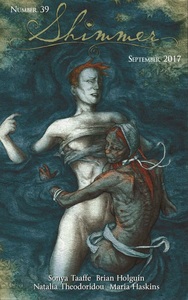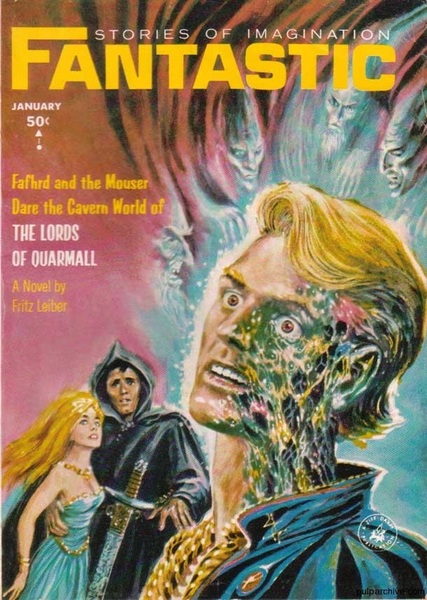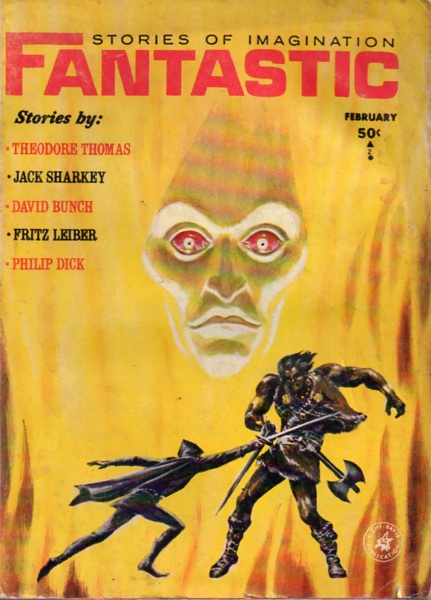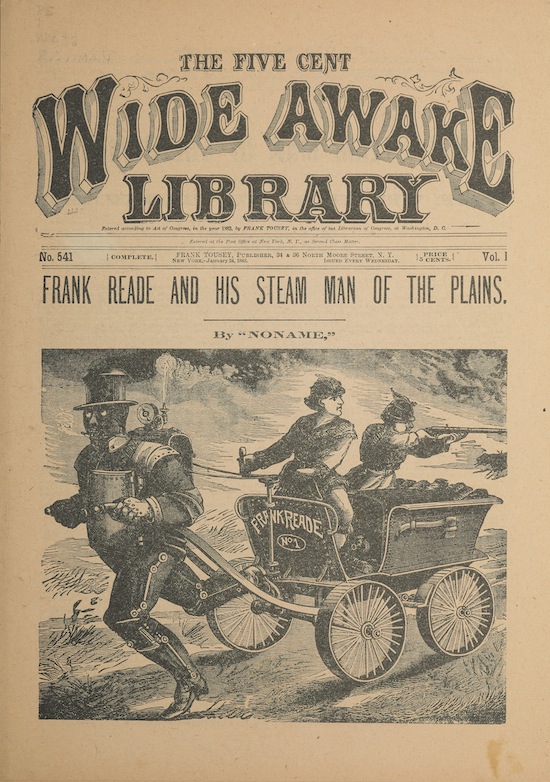In Search of a new Weird Tales: An Interview with Joseph Goodman, Howard Andrew Jones, and the Talking Skull!
Recently Goodman Games announced a Kickstarter campaign to fund the launch of Tales From the Magician’s Skull, a magazine of all-new swords & sorcery fiction in the classic pulp style. The first issue is a delight for Black Gate readers, with tales from popular BG contributors James Enge, John C. Hocking, Howard Andrew Jones, Chris Willrich, Bill Ward, and others. And best of all, Goodman has invited Howard Andrew Jones on board as editor, guaranteeing a top-notch product. The spectacular success of the Kickstarter campaign — more than quintuple its goal, with more than a week to go — demonstrates just how well the creators have read the market demand for a true sword & sorcery publication. I sat down with Joseph Goodman, founder and publisher of Goodman Games, and Howard — along with their undead master, the mighty Magician’s Skull — to find out more about one of the most exciting magazine launches in a decade.
My first question is for Joseph… why a magazine? How does that fit in with your laser-like focus on classic gaming?
Joseph: Thanks for the interview, John! To answer your question, I have to start with Appendix N. In the 1982 edition of the Advanced Dungeons & Dragons Dungeon Master’s Guide, the creator included an obscure bibliography. It was Appendix N, the 14th appendix in the book, where he listed the works of fiction that inspired him to create D&D. That list has since become notorious. It is now a de facto “required reading list” for diehard fans of the game.
